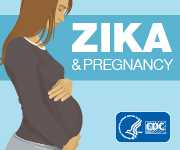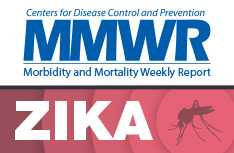Country Classification Technical Guidance
In March, 2017, the World Health Organization (WHO) published an interim Zika virus vector-borne geographic risk classification framework developed in collaboration with the European Centre for Disease Control and CDC. This classification framework refines and replaces previous WHO interim guidance and describes the epidemiology of Zika transmission to aid in geographic risk assessment for Zika virus. The WHO classification framework includes four categories for classifying countries/territories/subnational areas by the type of Zika virus transmission and defines the criteria for each category (please see table below) and the processes by which countries/territories/subnational areas may be reclassified from one category to another. (Please refer to WHO website)
| Category | Definition |
|---|---|
|
Countries/territories/subnational areas with a laboratory-confirmed autochthonous1, vector-borne case of Zika virus infection where there is no evidence of virus circulation before 2015 or where transmission has been previously interrupted, whether it is detected and reported by the country/territory/subnational area where the infection took place, or by another country or territory by diagnosis of a returning traveler. |
|
Countries/territories/subnational areas with known historical laboratory evidence of Zika virus circulation prior to 2015, based on the literature as well as all Zika virus surveillance data whether detected and reported by the country where infection occurred or by another country reporting a confirmed case in a returning traveller. |
|
Historical evidence exists that in rare instances, Zika virus transmission may be interrupted after first introduction, but the potential for re-introduction remains. Criteria for possible interruption include geographic isolation of populations as occurs on small islands, temperate climate, and/or successful ongoing surveillance and control activities. |
|
All countries/territories/subnational areas where the main competent vector is established, but which have not had a documented, autochthonous, vector-borne case of Zika virus infection. This category includes a sub-group of countries/territories/subnational areas where Zika virus transmission may occur because the country shares a physical ground border and belongs to the same ecological zone as a neighboring Category 2 country and has evidence of year-round dengue virus transmission. |
Countries/territories/subnational areas identified as Category 1, Category 2, and Category 4 sub-group have Zika virus-specific travel recommendations. Because Zika virus infection in a pregnant woman can cause severe birth defects, CDC now advises pregnant women not to travel to any area where there is a risk of Zika virus infection. If a pregnant woman must travel, she should strictly follow steps to prevent mosquito bites during and after the trip.
1Autochthonous infection is considered to be an infection acquired in-country, i.e., among patients with no history of travel during the incubation period or who have travelled exclusively to non-affected areas during the incubation period.
- Page last reviewed: March 20, 2017
- Page last updated: March 20, 2017
- Content source:





 ShareCompartir
ShareCompartir